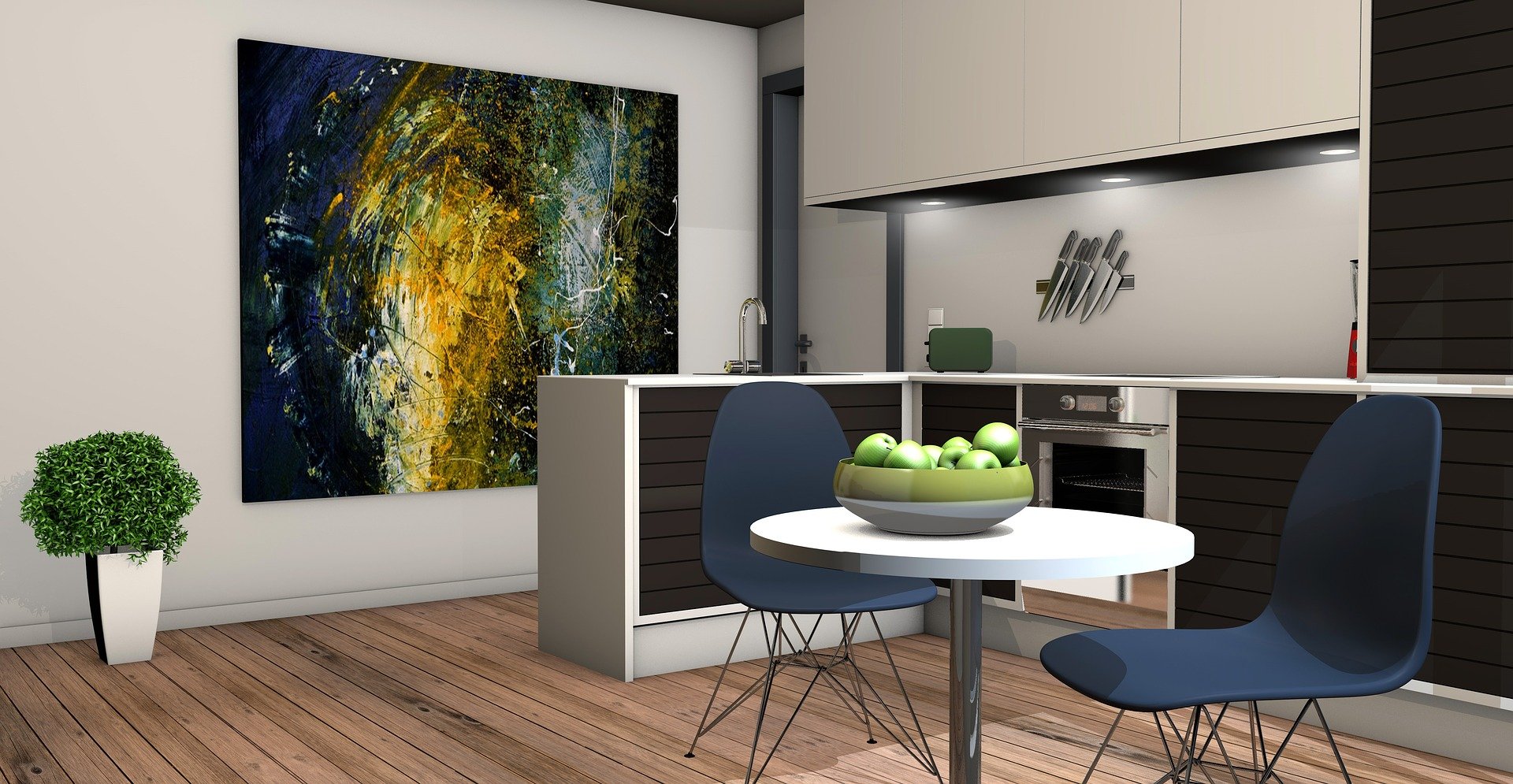As we continue to forge ahead in this fast-paced, technology-driven world, it is evident that our lives have been significantly transformed through the invention of cutting-edge tools that shape our experiences. One such sphere that has undergone a remarkable revolution is the field of interior design. In contrast to the days when interior designers had to rely on physical meetings with clients and exchanging stacks of paper statements, technology has emerged as a game-changer, streamlining operations and saving valuable time. Let’s think together about how technology impacts interior design.
What Is The Future Of The Interior Design Industry?
Imagine an era in which visionary interior designers no longer rely on hand-drawn sketches or cumbersome physical blueprints to showcase their ideas. Instead, technology has taken the lead, revolutionizing the industry by integrating advanced virtual meeting platforms and cutting-edge design software that enables creative minds to stay ahead of the curve. The convergence of tech and traditional design skills has redefined the boundaries of communication, opening doors to a global clientele while delivering immersive visual experiences that eclipse previous limitations. By learning about modern technologies, you will understand why innovation is important in interior design.
1. Smart Homes
The prospect of an ever-evolving world constantly excites and intrigues us, with smart homes being a prominent component of this future vision. These innovative living spaces are steadily transforming our daily lives, as more and more tech giants present their newest creations to an eager audience, leading to a thriving market for these advanced devices.
One prime example is Google Home, which has made waves in the realm of smart homes by providing a personal assistant that caters to our every command – from switching off the television and playing our favourite tunes to ensuring we wake up on time and adhere to our schedules.
Amazon has entered the race with its own ground breaking inventions, proving that our appetite for futuristic innovation knows no bounds. Undeniably, these dynamic developments are paving the way for a more convenient and interconnected world, showcasing the limitless potential of what smart homes can offer in the coming years.
2. Digital Drafting
The world of interior design has evolved immensely, moving away from the archaic method of using drafting boards and set squares, and embracing cutting-edge technology like never before. The incorporation of advanced software platforms such as AutoCAD, AutoDesk, and SketchUp has revolutionized the industry, providing designers with a powerful toolkit to bring their concepts to life. No longer relying on flat, static drawings, they can now convert their 2D designs into immersive 3D models or even videos, allowing clients to effortlessly visualize the proposed layouts for their office or apartment. These interactive walkthroughs have made it significantly easier for designers to persuasively sell their creative ideas, helping clients grasp the true potential of the designer’s vision, and fostering a more collaborative and satisfying design experience for both parties.
It is normal for interior designers to work with clients from all over the world, but there are difficulties due to regional restrictions on sites. To get around them, you just need to download VPN. If you want to secure your PC, maintain anonymity, and bypass site blocking, VeePN is perfect for you. Among the many VPN apps, it has the best data plans, a trial version, high-speed servers, and in general, everything you could possibly need.
3. IoT
Imagine a world where your living space comes alive with the touch of a button, instantly adapting to your needs and preferences. This is the reality ushered in by the ever-evolving world of technology, particularly the Internet of Things (IoT). As a game-changer in home automation, IoT has revolutionized the way interior designers approach their craft, offering limitless possibilities for creating truly smart and connected living spaces. By incorporating advanced sensors, software, and other cutting-edge technologies, IoT breathes life into everyday objects, enabling them to communicate and collaborate, bringing unparalleled convenience and accessibility to homeowners. As the demand for sophisticated interiors grows among tech-savvy individuals, IoT empowers designers to push the boundaries of creativity and innovation, weaving the digital and the physical seamlessly together in designing the ultimate smart home experience.
Conclusion
The future of interior design is indeed bright, with exciting technological advancements transforming our living spaces into intelligent and interconnected ecosystems. With the help of digital drafting software, IoT-powered devices, and other cutting-edge solutions, designers can now create truly remarkable home experiences that were once thought impossible.































